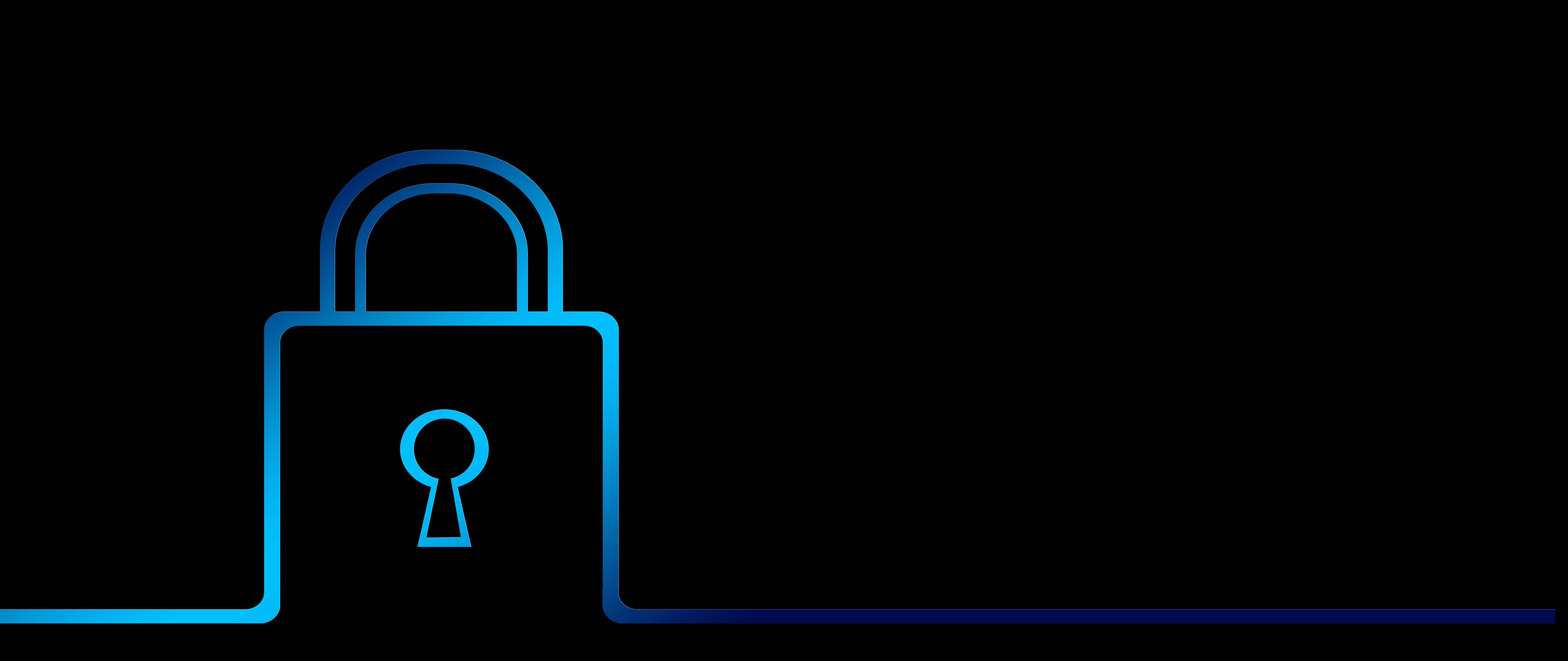From Distributed Computing to Microarchitectures
Unit 10
Welcome to Week 10, in which we will consider the variety of system architectures which exist today,
from
monolithic deployments to
microservices,
virtualisation, and
containers.
We will gain an appreciation of the reasons why the architectures have evolved in the manner that they have and recognise the security problems which can become problematic in each.
As we have increasingly moved towards more
distributed modes of
operation, the surface which can be attacked increases.
Intelligent techniques to protect the data that is being transported across these systems is needed, further increasing the drive for system security.
The content this week continues to examine the importance of developing secure software, this time from the perspective of distributed systems and the specific challenges which come from operating in a remote manner.
Security techniques are therefore expanded this week through the consideration of encryption, for example, and the patterns used to distribute encryption keys, in addition to the nature of attacks that are specific to virtualised environments.
This week helps to bring the module content to a more timely and relevant mode of operation, that of being distributed
